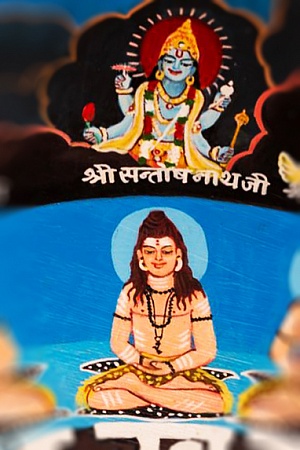News
-
 Pranayama workshop, Mar 1-7
Pranayama workshop, Mar 1-7
-
 21-day Pranayama challenge
21-day Pranayama challenge
-
 Nāda meditation workshop, January 8-12
Nāda meditation workshop, January 8-12
-
 April 3, Navaratri with Yogi Matsyendranath Maharaj, Australia, Queensland
April 3, Navaratri with Yogi Matsyendranath Maharaj, Australia, Queensland
-
 March 17, 2020. Purifiying Pranayama With Yogi Matsyendra Nath
March 17, 2020. Purifiying Pranayama With Yogi Matsyendra Nath
-
 November 2019, Tantra Workshop Series in Argentina
November 2019, Tantra Workshop Series in Argentina
-
 Workshop in Gualeguaychu
Workshop in Gualeguaychu
-
 17-18 November 2018, Yogi Matsyendranath in Źarate (Argentina)
17-18 November 2018, Yogi Matsyendranath in Źarate (Argentina)
-
 15-16 November 2018, Yogi Matsyendranath visit to Uruguay
15-16 November 2018, Yogi Matsyendranath visit to Uruguay
-
 12 Nov 2018, Lecture at USAL (Salvador University)
12 Nov 2018, Lecture at USAL (Salvador University)
-
 10-11 November 2018, Workshops in Quilmes and La Plata (Argentina)
10-11 November 2018, Workshops in Quilmes and La Plata (Argentina)
-
 8 November 2018, Open conference in Necochea (Argentina)
8 November 2018, Open conference in Necochea (Argentina)
-
 2,3,4 November 2018 - Participating in XVI Retreat International of Yoga and Meditation
2,3,4 November 2018 - Participating in XVI Retreat International of Yoga and Meditation
-
 Programme in Québec (Canada) 13-16 June
Programme in Québec (Canada) 13-16 June
-
 Melbourne Book Launch
Melbourne Book Launch
-
 4-years Summer Program
4-years Summer Program
-
 Biography of a Russian Yogi
Biography of a Russian Yogi
-
 November 2017, Visit of Yogi Matsyendranath to Argentina
November 2017, Visit of Yogi Matsyendranath to Argentina
-
 Satsangs of Yogi Matsyendranatha Maharaj in Berlin
Satsangs of Yogi Matsyendranatha Maharaj in Berlin
-
 Seminars and trainings in June-July 2015 (France)
Seminars and trainings in June-July 2015 (France)
Ram-panth
Ram-panth

One of the Shiva's panths.
Old name: "gopāl". Alternative names: "Ram ke", "Ramachandra ke", "gopalnaths", "ramnaths".
Before the main math was situated in Nohar (Rajasthan), according to the information from the 1920s – in Delhi. There is an opinion that originally it was Gorakhpur Gorakshanath - mandir (before it became part of the dharma-panth).
"Ram ke" means "belonged to Rama": he, as long as Santoshnath, was considered to be the founder of the panth (only Parashurama can be called the protector). "Gopal" ("shepherd", "one who takes care of cows") is connected with Krishna; one of his names being Gopalnath.
There is a legend that after the war (described in Mahabharata), Krishna left the worldly life as many people accused him in provoking the conflict. With his wife he came to Goraksha to become a disciple and obtain a shelter. However yogis resisted the presence of the woman (even tried to exchange her for charas). Then Gorakhnath put a kangan on Krishna's arm (a bracelet that symbolizes the protection of the one who wears it) and called her his sister.
The reference about this event exists in «Balashtak» which is recited by naths during their daily arati:
śrī mādho prāñcī me śrī nāth jī ne rukmiṇī jī ko kaṅgan bāndhyo |

